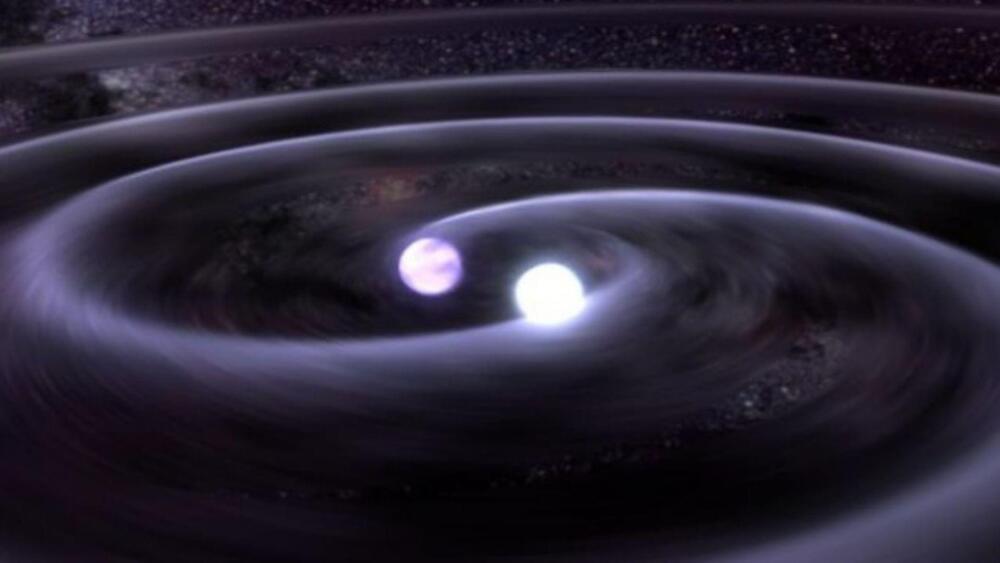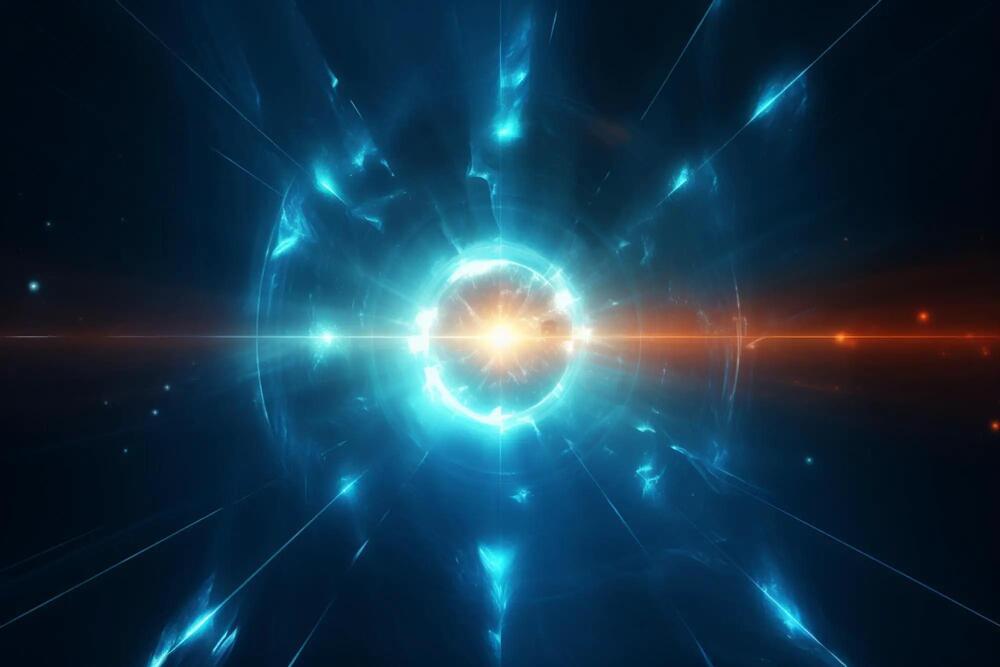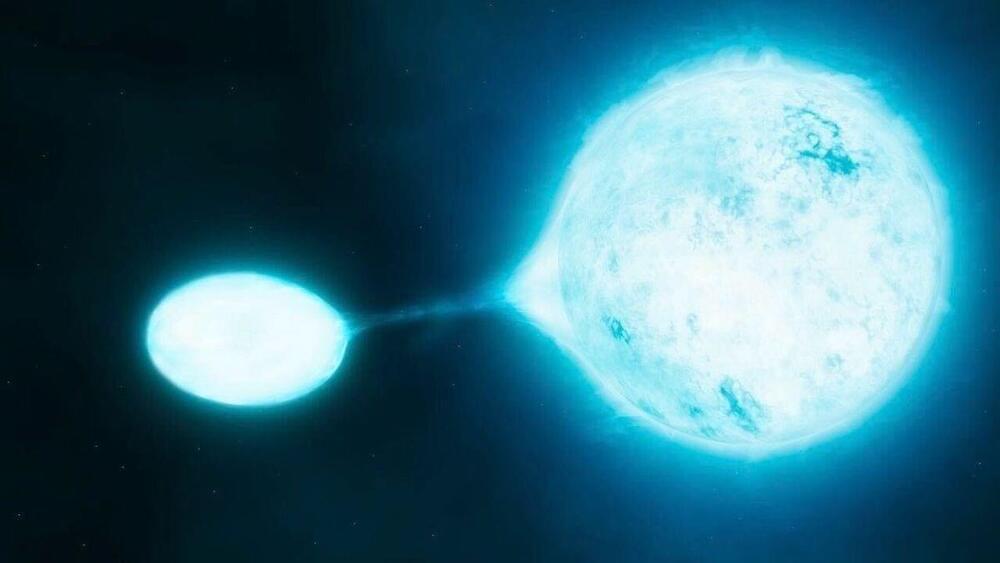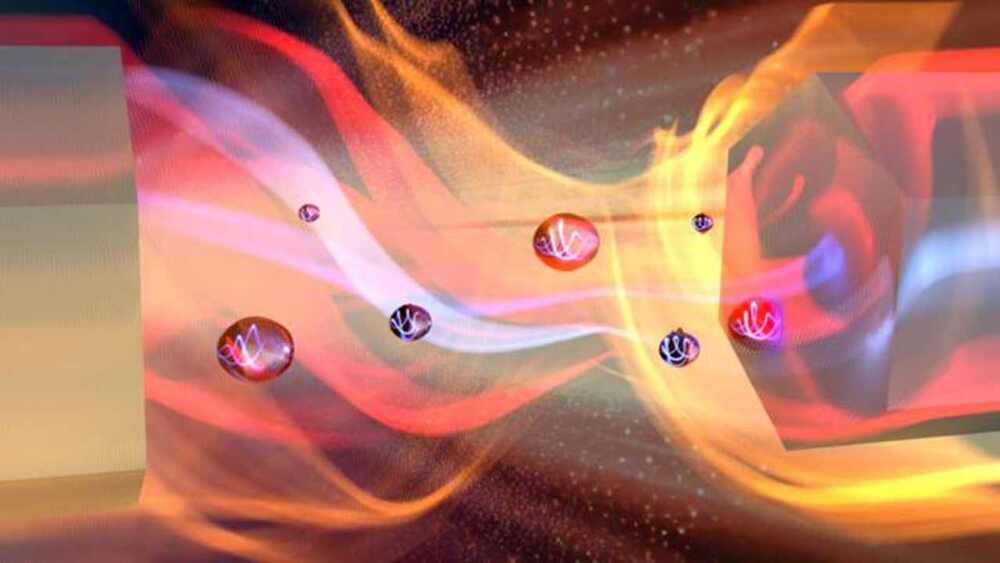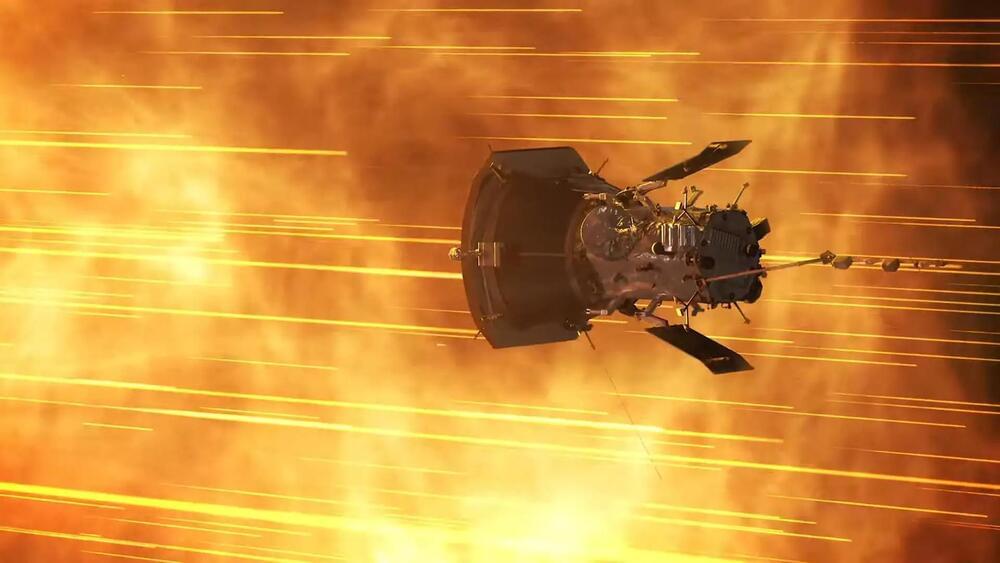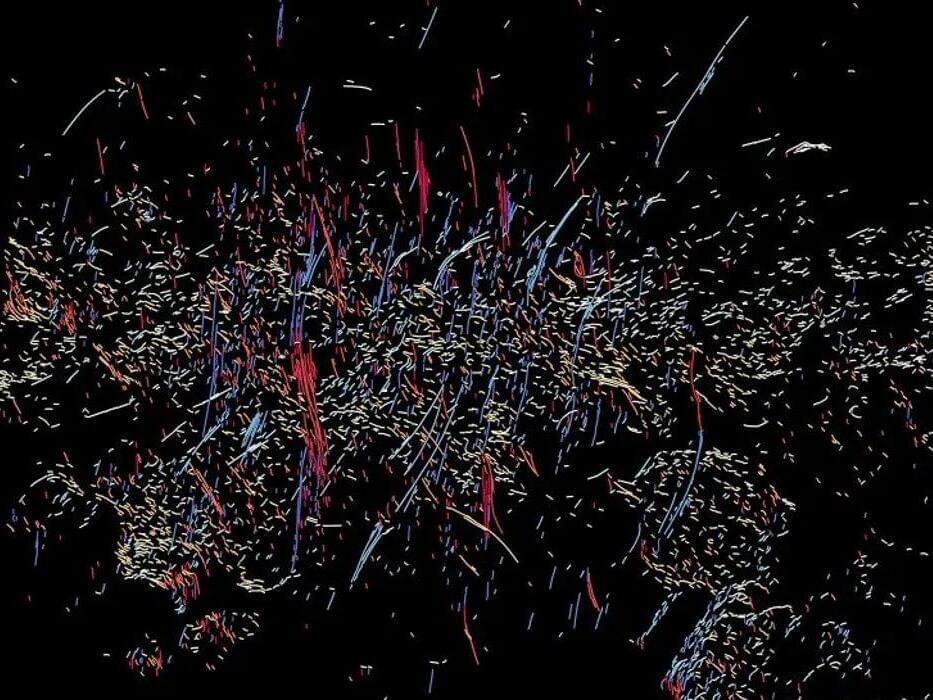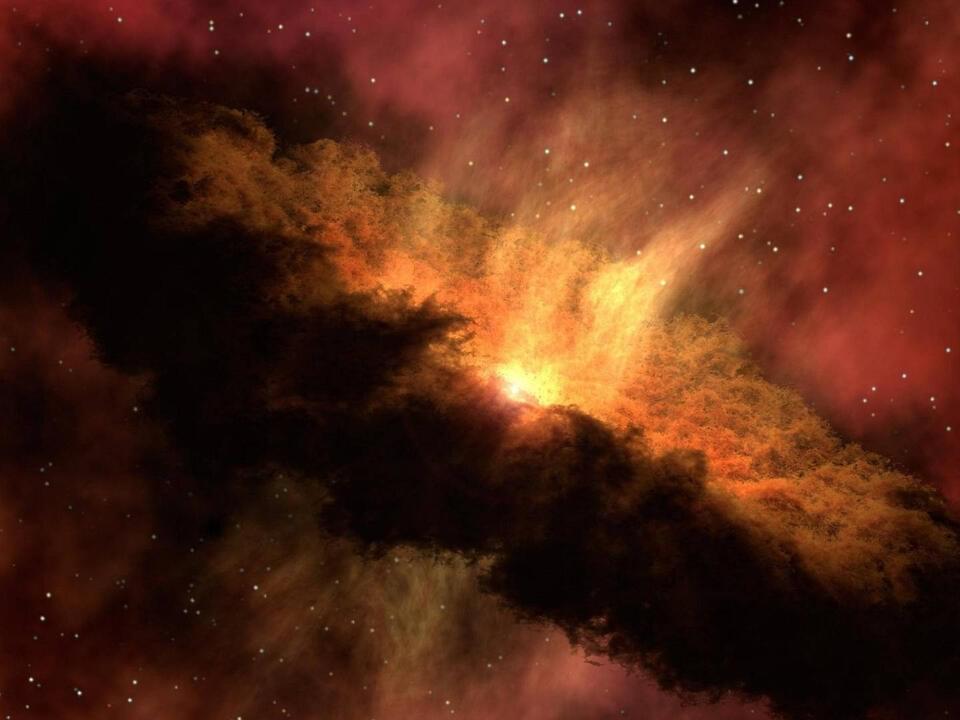
The iconic movie Alien once claimed: “In space, no one can hear you scream.” However, physicists Zhuoran Geng and Ilari Maasilta from the Nanoscience Center at the University of Jyväskylä, Finland, beg to differ. Their recent research suggests that under specific conditions, sound can indeed be transmitted powerfully across a vacuum.
Their findings, published recently in the journal Communications Physics, reveal that in certain scenarios, sound waves can “tunnel” through a vacuum gap between two solid objects, provided those objects are piezoelectric. These particular materials generate an electrical response when subjected to sound waves or vibrations. Given that an electric field can be present in a vacuum, it can effectively carry these sound waves across.
The requirement is that the size of the gap is smaller than the wavelength of the sound wave. This effect works not only in the audio range of frequencies (Hz-kHz), but also in ultrasound (MHz) and hypersound (GHz) frequencies, as long as the vacuum gap is made smaller as the frequencies increase.
